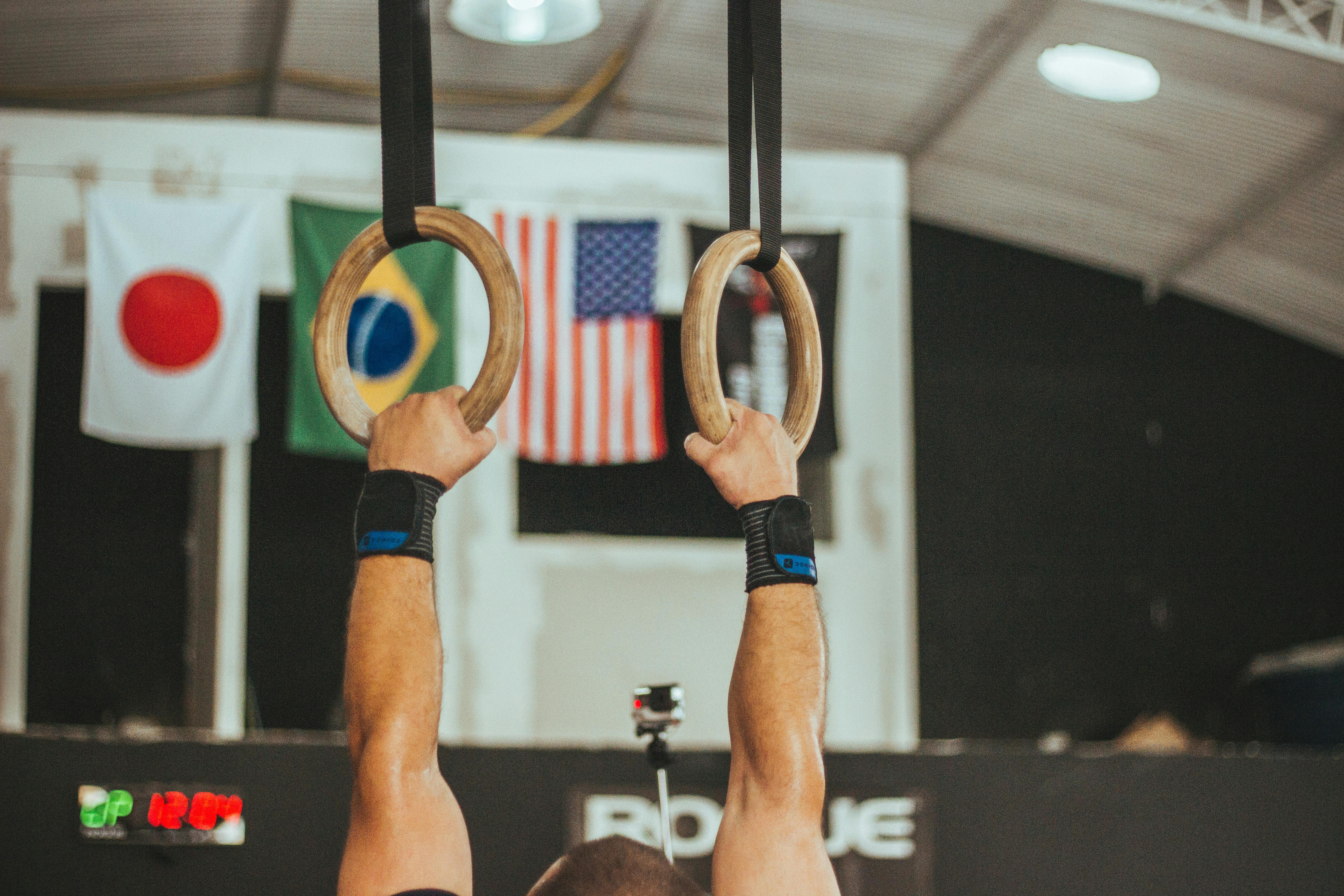Grit and Grace: An In-depth Look at Rhythmic Gymnastics
Rhythmic gymnastics, often known as the ballet of sports, holds a unique spot in the world of athletics. It is a fusion of art, music, and physical prowess, offering an enchanting spectacle that leaves audiences spellbound. Despite its spotlight in the Olympics, the sport's evolution and intricacies remain lesser-known. The roots of rhythmic gymnastics trace back to a variety of disciplines, including ballet, Swedish gymnastics, and the Japanese system of aesthetic gymnastics. As it gained popularity, it was formally recognized by the International Gymnastics Federation (FIG) in 1961, and it made its Olympic debut in 1984.

Current Trends: The Evolving Landscape of Rhythmic Gymnastics
Like any dynamic sport, rhythmic gymnastics has seen shifts in trends, techniques, and styles over the years. For instance, the current phase has seen an increased focus on flexibility and extreme body positions, pushing the boundaries of what was once considered physically possible. The evolution of apparatus has also played a significant role, with the hoop, ball, clubs, ribbon, and rope now being used to create mesmerizing routines. Another trend is the influence of other dance forms like contemporary and jazz, which have added richness and diversity to the choreography.
Beneath the Glitter: The Rigors and Rewards of Rhythmic Gymnastics
Rhythmic gymnastics is not just about grace and precision—it demands exceptional strength, agility, and endurance. Gymnasts train for years to master the basic elements, and the path to the elite level is a demanding one. Challenges include rigorous training schedules, injuries, and the pressure of competition. Despite these challenges, the rewards are immense. The sport instills discipline, resilience, and a strong work ethic. It also offers a sense of accomplishment and the thrill of performance, making every sweat and tear worthwhile.
The Science Behind the Swirl: Insights into the Sport
Rhythmic gymnastics is a sport that requires a deep understanding of biomechanics, psychology, and physiology. For instance, a gymnast’s performance depends heavily on factors such as muscle strength, flexibility, and proprioception. The understanding of these scientific facets can greatly enhance a gymnast’s performance, reduce the risk of injury, and aid in recovery.
Inspiring the Next Generation: The Future of Rhythmic Gymnastics
As rhythmic gymnastics continues to evolve, the focus is not only on refining the sport but also on nurturing the next generation of athletes. Initiatives are being taken to make the sport more accessible to young aspirants and to provide them with better training resources. It’s an exciting time for the sport, with new talents emerging and the prospect of further innovation in the field.
Rhythmic gymnastics is a captivating blend of athleticism, artistry, and agility. Beyond the glittering costumes and graceful movements, it is a testament to the incredible capabilities of the human body and the enduring spirit of athletes. Through an understanding of its history, the current trends, and the scientific aspects, we can appreciate the sport in its entirety and look forward to its promising future.




